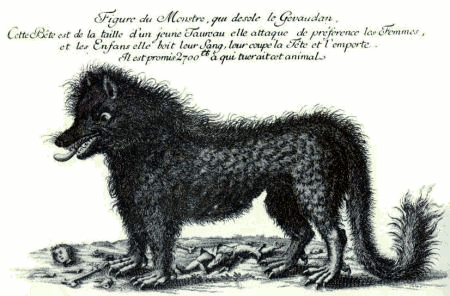Mr. C.H. Williams, of the Geographical Society of England, tells us how oysters inhabit the Mangrove woods in Cuba: ‘For several years I resided in that island, and have several times come across scenes and objects which many people would consider great curiosities — one in particular. Oysters grow on trees, in immense quantities, especially in the southern part of the island. I have seen miles of trees, the lower stems and branches of which were literally covered with them, and many a good meal have I enjoyed with very little trouble in procuring it. I simply placed the branches over the fire, and, when opened, I picked out the oysters with a fork or a pointed stick. These peculiar shell-fish are indigenous in lagoons and swamps on the coast, and as far as the tide will rise and the spray fly so will they cling to the lower parts of the Mangrove trees, sometimes four or five deep, the Mangrove being one of the very few trees that flourish in salt water.’
— Frank H. Stauffer, The Queer, the Quaint and the Quizzical, 1882






